BOW UP OR BOW DOWN !
On The Resurgence of Hyperfemininity
Words by Lily Moskowitz
Contributors: Justin Lavilla & Anitah Diggs
11.23
girl, get dressed!
traditional emblems of the conventionally ‘female’ have been plastered everywhere from runways to cinemas, verbage to vernacular. women are wearing headbands again. it is the era of silk&softness&satin, ruffles&ribbons&bows. it is florals&fragility, longing &lace. it is a special little bubble of universalized gender euphoria in which the straightest cis-het man you know is ‘girl,’ your mom is ‘girl,’ your boss is ‘girl.’ your hinge situationship is even ‘girl,’ which they are oddly okay with even though their gender identity is a touchy topic and if someone outside of the girl bubble misgendered them as female it would be taken with disrespect.
why are we so obsessed with our return to girlhood?
underlying the aesthetic & linguistic prevalence of girlhood is a vein of some tender tension. celebrating conventional femininity feels like a double edged sword, with one side of the blade appealing to dated infrastructures of domesticity and housewifedom while the other side wields feminized feminism as a form of empowerment, a full circle movement towards the incoming fifth wave.
the feminist movement has come to carry a kind of signification exhaustion: what it means to be a feminist nowadays is as varied as what it means to be polyamourous. no one is for sure what it looks like in practice, and it differs from person to person.
feminism can generally break into two aesthetic groups: first, there is the kind of le smoking feminism that rejects the scrutiny and judgment of the male gaze (bras are burning, armpits unshaved, makeup scorned, trousers god-status). this image conjures the second wave of 70s feminism accustomed to mimicking masculinity as a way to conquer its tyrannical impulses. the kind of bodily expression that takes on masculine qualities as a means to protest the construction of femininity usually considered desirable from the cis-het lens.
on the other side of this venn diagram is the branch of aesthetic feminism that can be traced back to the movement’s third wave: one that suggests women do not have to look a certain way in order to protest patriarchal systems. this rendition of feminist aesthetics posits that hyperfeminine and hypersexualized expressions of the body can co-inhabit with strongly upheld tenets of anti-capitalist, anti-institutional, anti-hegemony feminist ideology. appealing to the conventional beauty standards of the male gaze does not, under this lens, occur in order to humor/attract the male. think dressing to impress yourself mentality (similar to the phenomenon of men going to the gym to impress other men, to perform, flaunt, and stake a claim to their masculinity).
so does the resurgence of conventional notions of femininity signify a rigid, backwards appeal to gender binary & heteronormative pressures? is a girl dressing like a girl unprogressive? a woman dressing like a woman? what does it mean to adhere to traditional gender presentation in a postmodern world?
gender presentation in the 2020s is not immune to the fact that embodied femininity is often not taken seriously. as of 2019, women account for more than half of the college educated labor force in the us. while women are dominating academic spaces, there remains economic and professional disparity between the sexes. fashion is still a male dominated industry- according to cfda study ‘the glass runway’ only 14% of the top 50 fashion houses internationally are run by female execs. women make 83 cents to every dollar earned by men as of the 2022 reports. to convey authority in professional spaces (where it should already be given), corporate women dress with masculinity as the standard: austerity, sterility, chastity, neutral colors, and ‘sensible’ shoes.
as a reactionary movement to this precedent of masculinity, the hyperfemme trend is actively working to dismantle these expectations. a response perhaps to [the federally instituted war on reproductive rights] [increasing inaccessibility to contraception] [rising costs of feminine products] [unrelenting menstrual stigma] [the list could go on]... the hyperreal girlhood aesthetic constitutes an identity that is created with deliberate, pleasurable intention by, for, and about women and anyone who has experienced womanhood. in this way, the hyperfemme movement functions as an appropriation and inversion of the male gaze, a claim to agency over a gaze&body that is distinctly female.
here are some of ENVY’s favorite symptoms of the girlhood contagion.
ballet flats
lace up miu mius! studded valentinos! kiko kostadinov mary janes! flats, kitten heels, & low-toe shoes are taking over footwear, speaking to a level of feminine ~socioeconomic~ mobility. no longer constricted to stilettos, women are comfortable and grounded and going places. the age of the ballet flat is an age in which women are set free to dance.




bows & bijouterie
it is scientific realness that a girl is as precious as her trinkets. bijouterie means jewelry and knick-knacks, both of which are products of the all-too-feminine instinctual urge to scavenge, gather and collect. as antique shopping becomes more & more of a social activity, girlhood grows more & more aesthetically aligned with artful clutter, eccentric maximalism, & physical debris. the nostalgia of objects meets the nostalgia of girlhood, bridging the gap between identity and materiality.
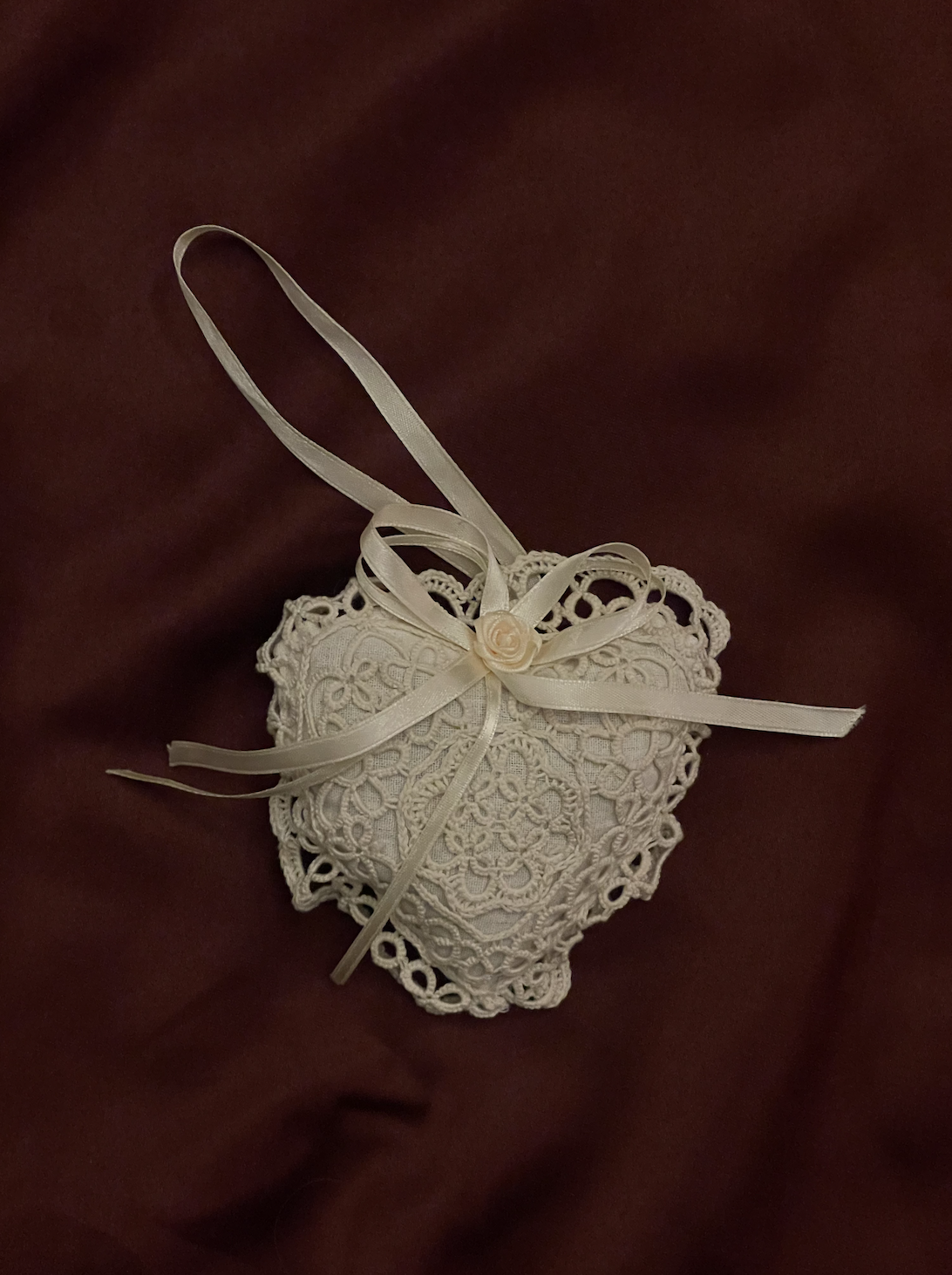
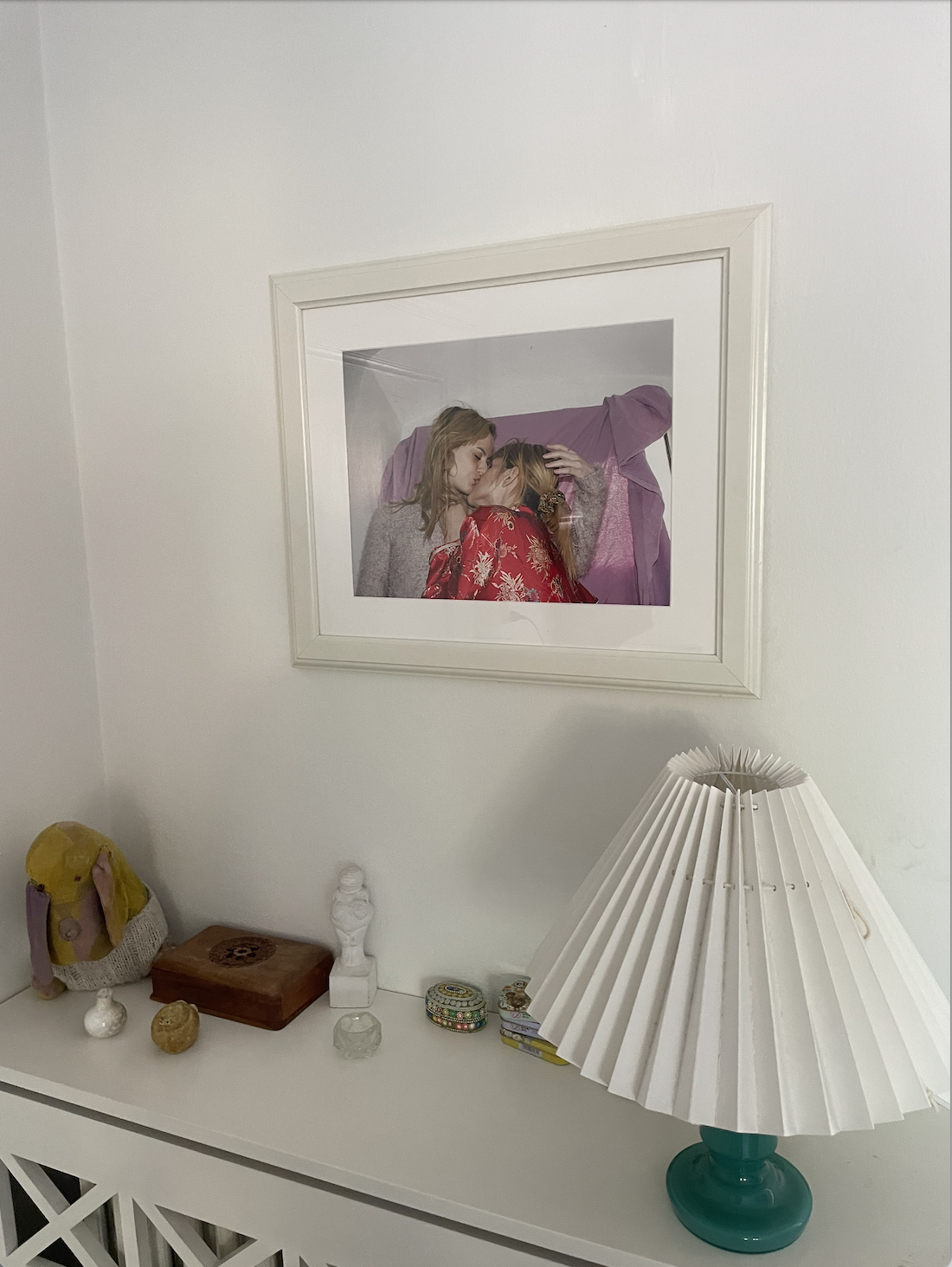
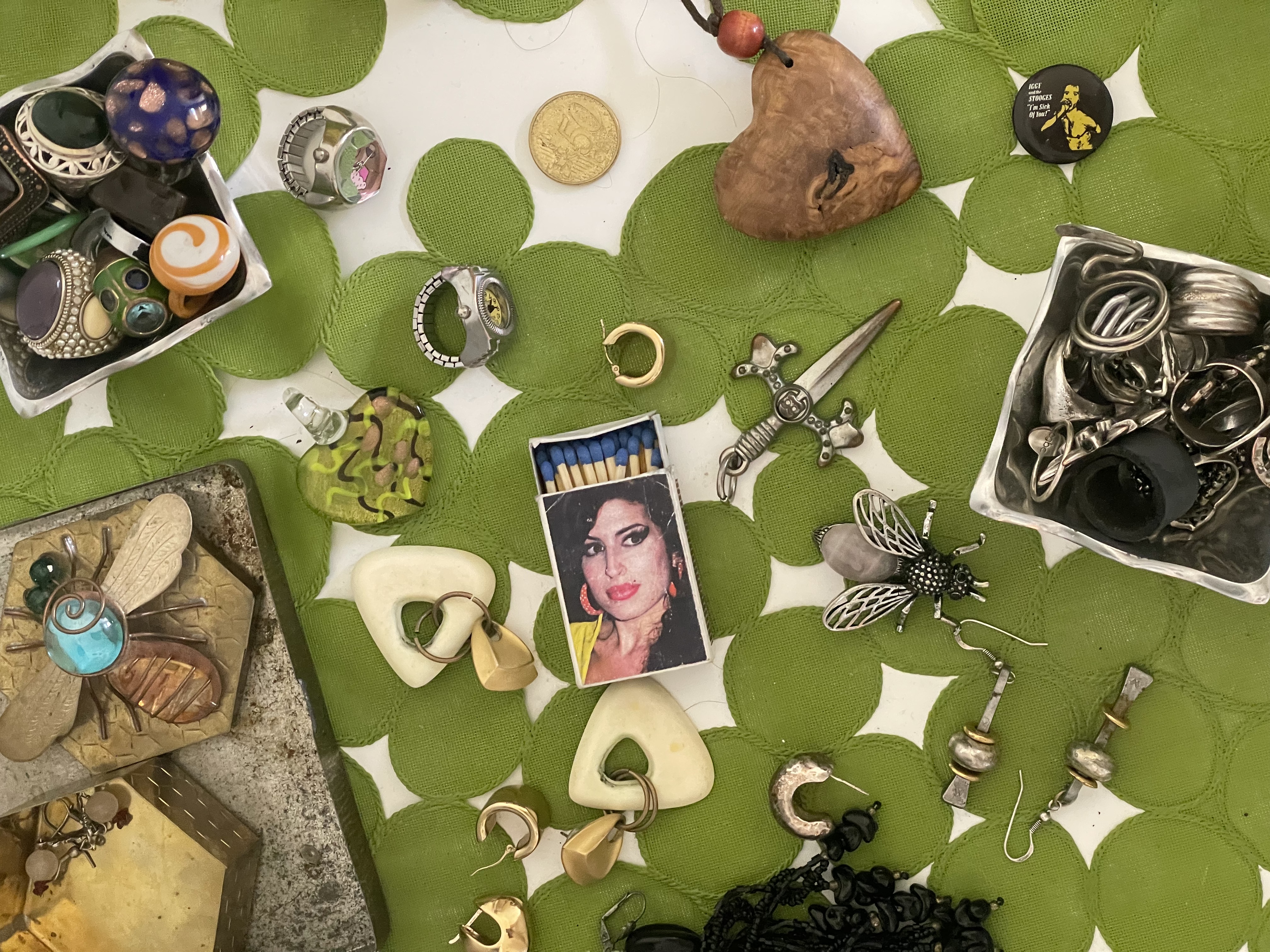

ribbons & lace
marriage is so out but bridal is so in! woman can tie her own knots. despite their definition as materials of matrimony (garters, veils, wedding dresses), ribbons and lace become symbols of feminine independence under the lens of reclaimed girlhood. the girls can get married if they so choose, but gone are the days of socioeconomic reliance or obligation between the sexes. angels wear frothy, flouncy, frenchy frocks and the devil’s in the darling delicate details.

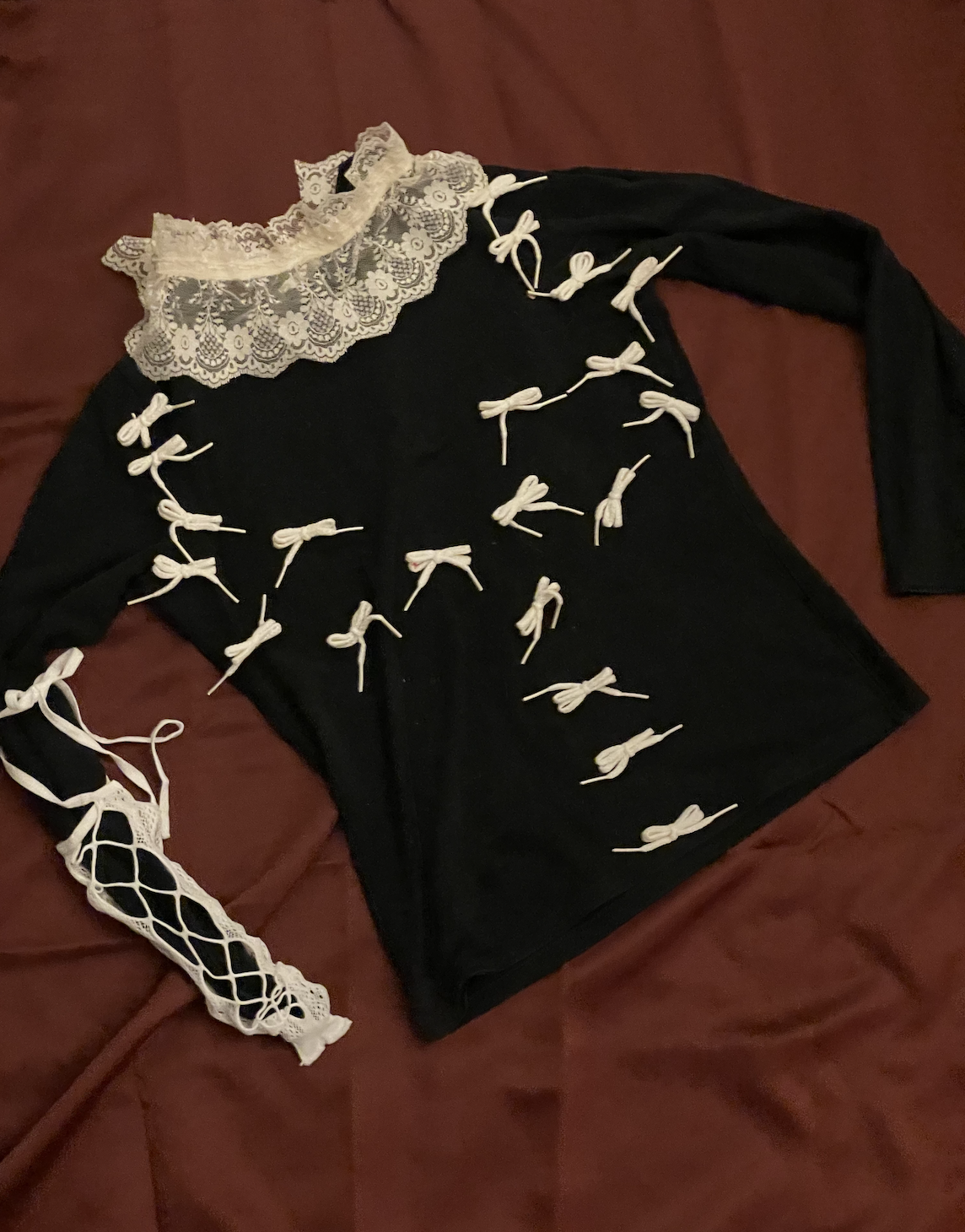

silly little socks
legwarmers, bobby socks, knee-highs, & adorned tights are dominating the accessories industry. (pro tip: look to simone rocha or nensi dojaka for the cutest in flouncy footwear). wearing silly little socks embodies the nostalgia compulsion, the idea of clinging to emblems of girlhood and youthful dress. for many women on the precipice of adolescence and adulthood, the pressure of our social and economic climate instills fear; to wear a silly little sock is to ball up and keep warm. under james laver’s theory of shifting erogenous zones, the parts of the body that we choose to expose change according to cultural circumstance– high socks then symbolize our autonomy to choose what we cover up. socks become a symbol of agency and visibility in which the girls take control over the extent of their own voyeurism. ornamental footwear accessories therefore play with the contrasts between modesty and eroticism, chastity and sexuality.


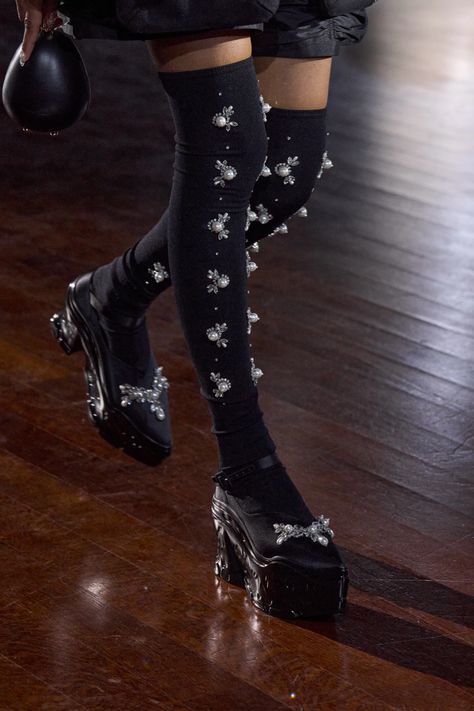
rose chokers, lavender lattes & girl blunts
florals could not be more in. (vaginal and otherwise!) if we cannot have autonomy over our own, we are left to mimic pleasurable fertility in spring blooms & herbals. welcome to the fembot tea party! we will be cloaked in daisies and showered in rose spray, smelling of jasmine and drinking our lavender teas. curtains of dried petals and centerpieces of fig. eating girl dinner, financed by girl math.

coquette, blokette, & nymphet
the tumblr age lolita-core of cherry red lipstick & lollipops has graduated from girlhood to womanhood; the nymphet has become the coquette. translated from french, coquette means “the woman who flirts.” visually, coquette appears as bloomers & babydoll silhouettes, peplum necklines & blush, mary janes & heart shaped pendants. is it demeaning, is it fetishizing infantilization for a woman to dress like a girl? not according to girlhood studies! india roby wrote for nylon magazine that “today’s interpretation [of coquette] is keen on clarifying and reinventing the aesthetic by embracing one’s femininity instead of hyper-focusing on and sexualizing innocence.” in other words, coquette represents an idyllic femininity that celebrates rather than exploits expressions of youth.
the coquette blurs the line between corruption and purity; she is both grown and girly, consensual and charismatic. she is rooted in the body of christ but slithers like the devil. dressed in all white, she smells like sin. in fact, the coquette has steered so far into her rebellious side that she has morphed a new form: blokette. a term coined by the brilliant minds of Nymphet Alumni, the blokette aesthetic blends the hyperfemme elements of coquette&nymphet – bows, plaits, lace– with hypermasc elements of the english ‘bloke’ – adidas, sneakers, athletic wear. a derivation and deviation of pure girlhood, the blokette trend suggests that femininity and masculinity exist in one body at the same time. blokette has even birthed an americanized counterpart, ‘brokette’ that centers around jerseys, letterman jackets, and denim alongside the conventionally femme accoutrements. girlhood is for boyish girls & girlish boys & we are never growing out of it.



dolls, sonny angels & the revival of kinderwhore
in the age of our girlhood, we chewed on polly pocket shoes and bought american girl doll versions of ourselves. the female fascination with dolls has merely changed form, taking the shape of BRATZ inspired y2k looks; the reincarnation of the 90s babydoll grunge/kinderwhore aesthetic; the urge to play dress up when getting ready to go out with friends. interestingly, though barbiecore is in fashion, women are not flocking to buy themselves actual barbie dolls. instead, women are buying sonny angels: miniature baby figurines to take care of, small indulgences of novelty that satiate our instinctual urge to play pretend. these demonstrations of girlhood nostalgia as doll-hood establish that there is precious value in the act of beautifying, in retaining one’s childlike wonder, and in cherishing one’ imaginatory capacities, even and especially as a grown adult.
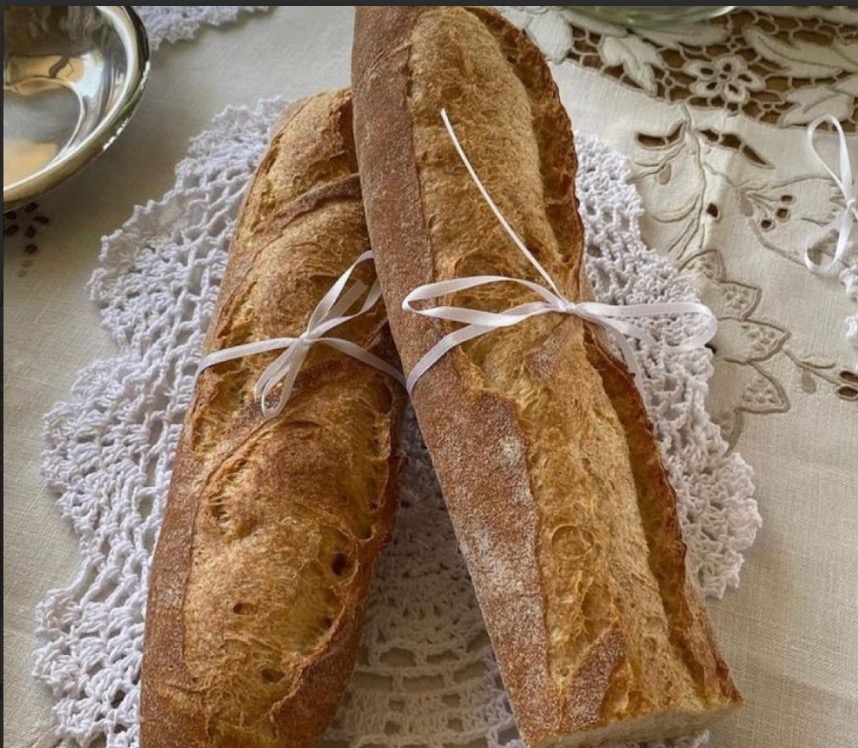
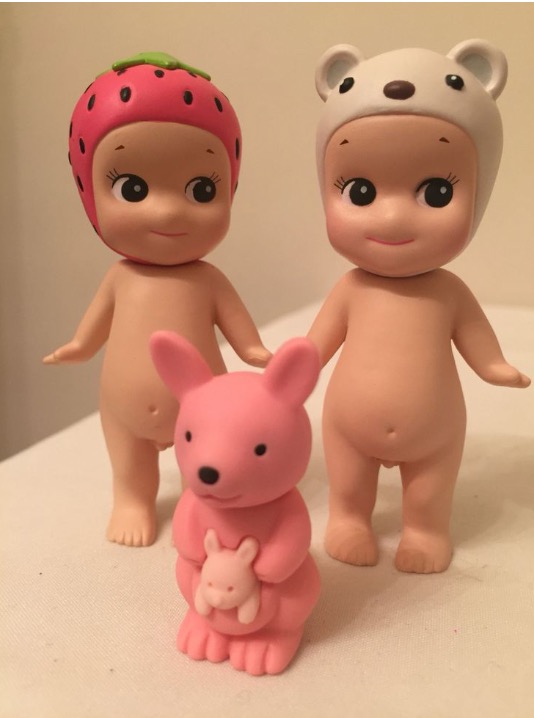
barbie pink
greta gerwig’s summer blockbuster caused an international shortage of the shade of Rosco paint used to create the film’s neon bubblegum set. now, the color coats everything from high fashion to cosmetic packaging (although valentino did it first!). paying homage to the doll that has historically perpetuated archetypical standards of female beauty could be seen as an act that endorses patriarchal hegemony. however, a girlhood lens on the barbie instead interprets such expectations to be satirical and unrealistic, ultimately challenging and unseating the male gaze. while ‘pink for girls’ has been historically taken to mean rigid binary and exclusionary constraints to what fem&masc look like, this super-saturated resurgence of pink as a feminist emblem suggests a revaluation of its significance. just as ‘queer’ is no longer a slur but instead a reclaimed identifier within the LGBTQIA+ community, barbiecore pink can serve a similar function for femininity.
the female gaze is women celebrating women.
it is women loving women; it is women being women; it is women.
